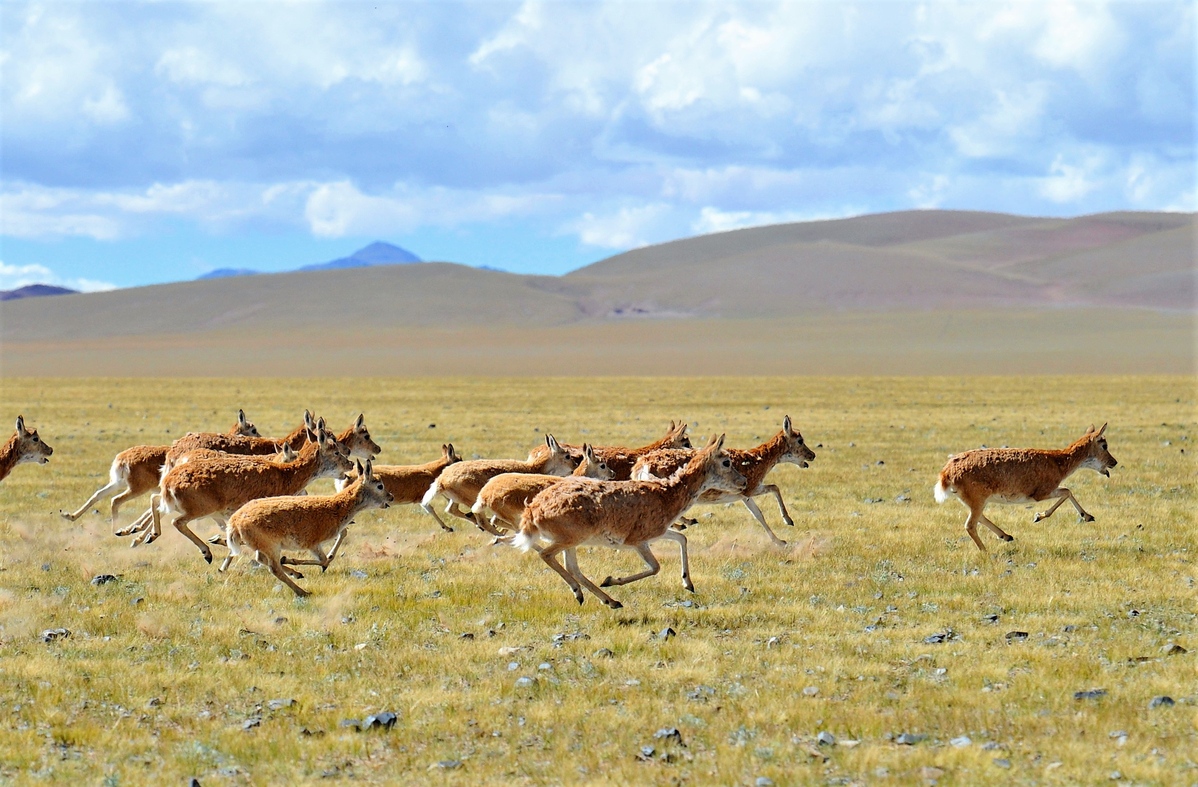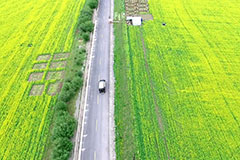China's digital technology boosts livestock farming
Chinese experts have developed a "digital farming" technology to help herdsmen monitor their pastures, and manage livestock accurately.
More than 75 percent of China's pastures are located in the arid area of north China and the Qinghai-Tibet alpine region in west China, home to about 8.37 million people, most of them ethnic minorities.
Farming these pastures used to be very inefficient, as herdsmen could not get timely and accurate information about the grasslands and moving livestock.
Technologists from the Institute of Agricultural Resources and Regional Planning of the Chinese Academy of Agricultural Sciences (CAAS) developed a digital farming system, providing monthly information about grass growth, grassland yield and regional droughts.
They have also developed technologies and a smart phone app that could help farmers obtain real-time information about the behavior and diets of their livestock.
The system could also help plan ranch production and precision feeding.
The technology has been applied in more than 90 counties, and is helping to restore the degraded grassland and improve farmers' incomes. The vegetation coverage of the pastures has increased by 10 percent to 30 percent. And the death rate of the livestock has decreased by 0.5 percent to 1.5 percent.
The technology was introduced at the Forum 2019 on Science and Technology for Agricultural and Rural Development in China, held in Nanjing, capital of East China's Jiangsu province.
Tibet Stories

Story of Northern Tibet: Sonam Gongbo's "coldness and warmth"
The people of northern Tibet are honest, frank, and straightforward in what they say and do.







